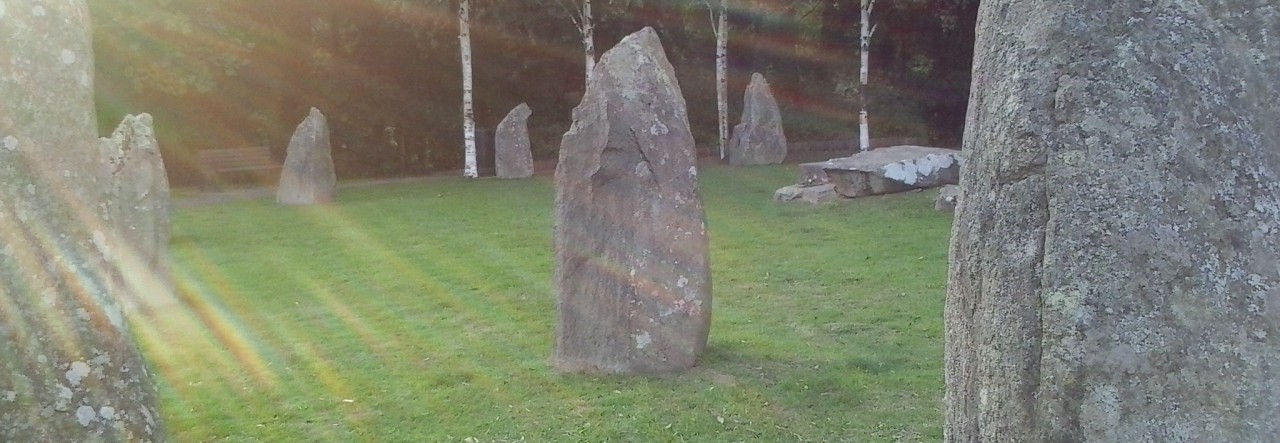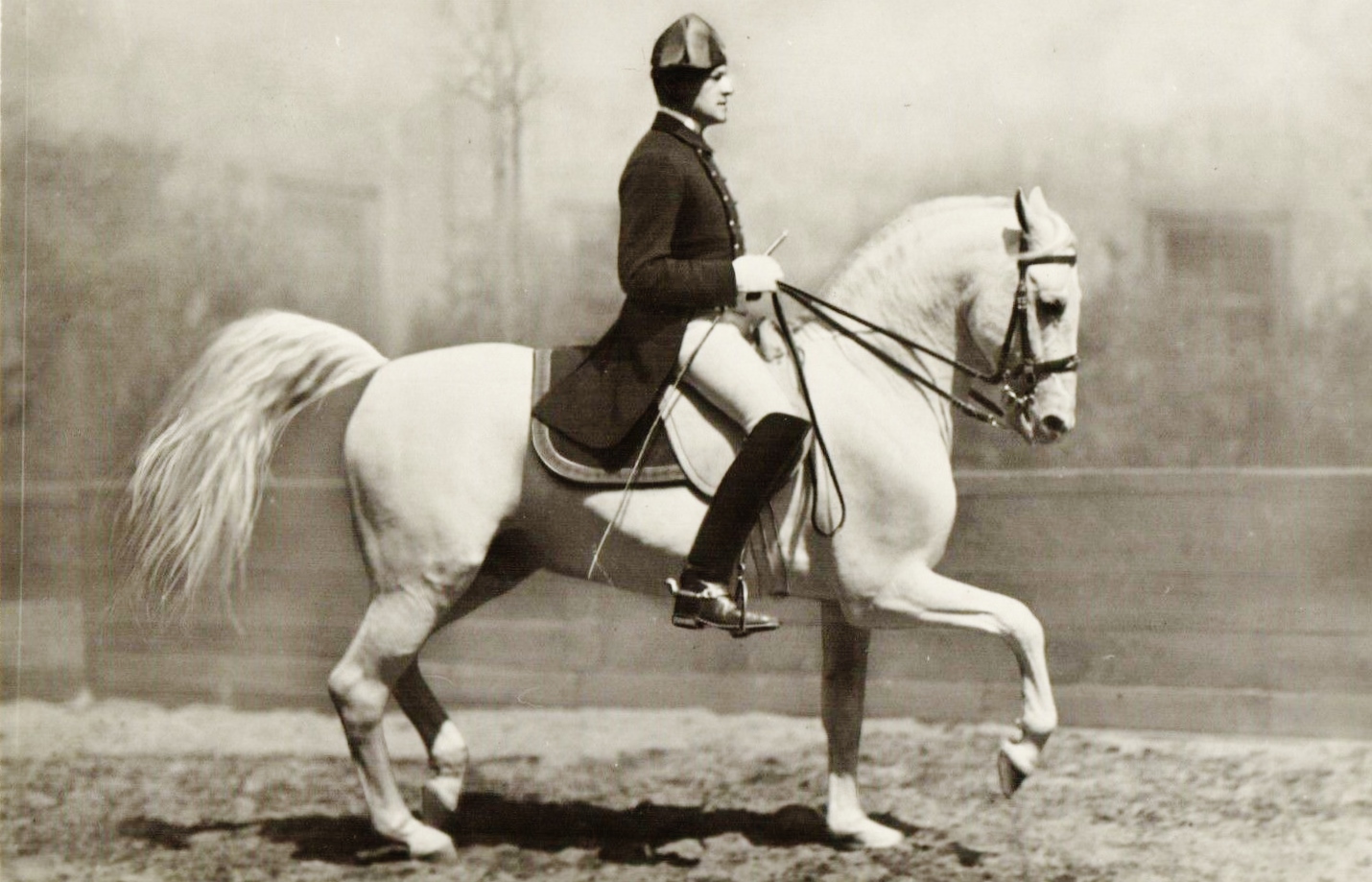
Till We Have Faces
by C S Lewis.
The C S Lewis Signature Classics:
HarperOne, 2017 (1956).
Glome. A polity somewhere in the Levant (as we may suppose), far from the sea, sometime in the centuries immediately before the Common Era. A name connected to ‘globe’, its meaning a mass, a clump, or – like the Latin glomus – a ball of string. A place where we can follow the thread of story to its end. Or so we may infer from this novel by a literary scholar, lay theologian and children’s author.
Glome is also the setting of a story to parallel the tale of Cupid and Psyche, the legend recounted in The Golden Ass by Apuleius back in the second century CE. A narrative now to focus not on Psyche herself but on one of her two sisters. A novel in which Lewis concentrates more on the human than the fairytale aspect of the Roman fable to explore contradictions like love and hate, courage and fear, belief and ignorance, free will and fate.
For behind this first person account by the sister called Orual are deep considerations which Lewis wishes to confront. Inspired by religious views of the afterlife – as in 1 Corinthians 13: “For now we see through a glass, darkly; but then face to face” – Lewis has his protagonist tell us, “I saw well why the gods do not speak to us openly, nor let us answer. Till that word can be dug out of us, why should they hear the babble that we think we mean? How can they meet us face to face till we have faces?”
Continue reading “Unveiled, barefaced”














